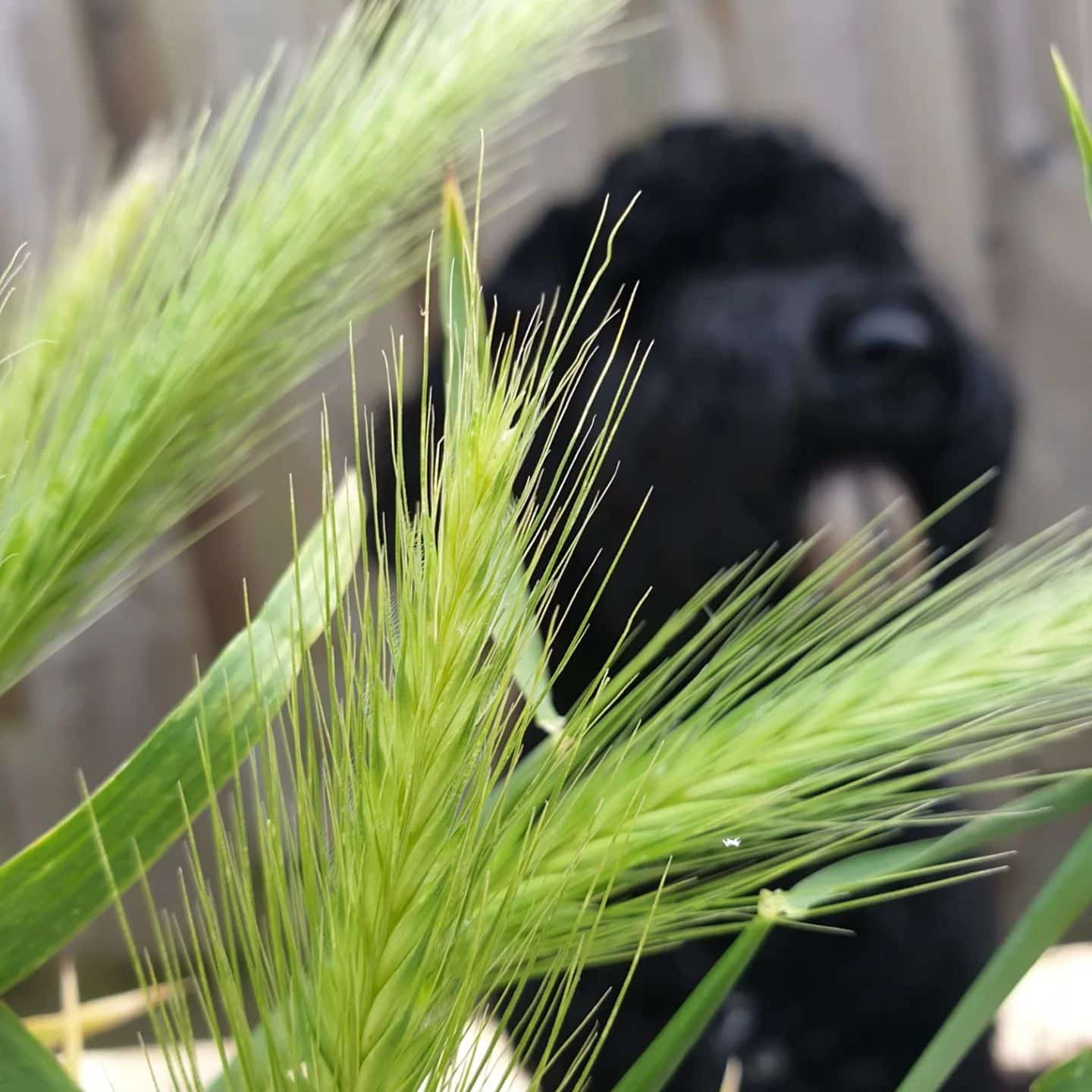Invasive fuzzy-headed foxtails seem attractive, but they can grow everywhere without consent from other native plants and have poisonous stingers!
Giant Foxtail, Yellow Foxtail, and Green Foxtail are the most common Foxtail varieties prevalent in the Midwest and Southwest.
So, go through this article to know where this irritating weed can thrive and how to get rid of it completely.
Table of Contents Show
What Do Foxtails Look Like?
Foxtail is a grass from the Poaceae family having a thin stem supporting the long twisted head or awn.
Moreover, the awn contains sharp barbs on the tip, probably for the plant’s defense, that can easily attach to the clothing.

The long head is brown in color, and the stem supporting it may be very thin with light green coloring.
Additionally, it contains numerous seeds, and the barbs help in dispersal seeds by attaching them to clothing or animal fur.
People often use this plant in the garden decor due to its incredible look, just like the shape of a fox’s tail.
Where Do Foxtails Grow?
Foxtails are basically weeds rather than ornamental plants that can adapt to any environment around you.
They are most common in ditches or along the side of streams or ponds where they can get enough moisture.
Moreover, they are invasive plants that spread rapidly by seeds, rhizomes, and even by the fragmentation process.
This invasive weed can thrive in all parts of the U.S. but is prevalent in Florida, Georgia, Hawaii, Louisiana, North Carolina, South Carolina, and Virginia.
How To Prevent the Spread Of Foxtail?
Foxtail invades other plants by rapidly spreading and can painfully irritate you by embedding itself in the skin, ears, and eyes.
As invasive foxtail can destroy the lungs and digestive tracts, it harms humans, animals, and plants.
- Mow and fertilize your lawn regularly to avoid foxtails.
- Grow other plants in empty spaces to leave no place for a foxtail in your garden.
- Remove foxtails by hand or trowel to prevent spreading.
- Wear gloves and long-sleeved clothes whenever you deal with foxtails.
- Use weed herbicides to eliminate foxtail completely from your garden.
- Grow creeper plants or other ground covers to compete with foxtails.
- Deadhead the foxtails before they reseed themselves.
So, keeping your dogs and cats away from foxtails is vital to prevent them from serious injuries.
From Editorial Team
Foxtails Travel Long Distances
Foxtails can reach long distances as they have the ability to attach their sticky seeds to clothes and animal furs.
Thus, you must be aware of foxtails, even if they aren’t common in your area, to prevent your plants, pets, and yourself.


